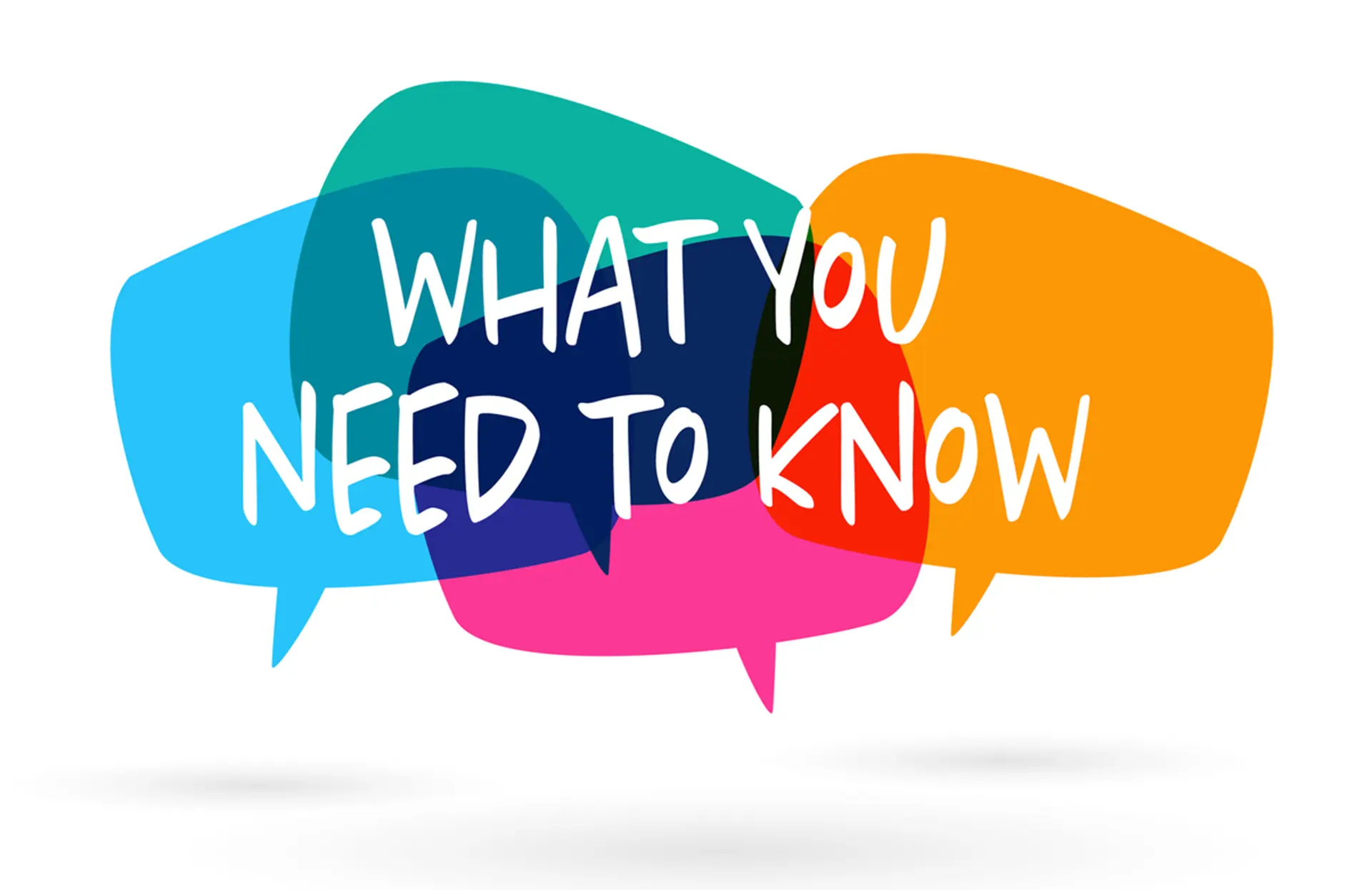Product development : What are the key stages?
Designing a new product is good, but designing it well is even better! That's why taking the time to design your new product is essential if you are to offer your potential customers the most relevant product for a successful launch.
The importance of getting to know your customer
First of all, let's talk persona.
The persona is the representation of your ideal customer. In any marketing approach, it's important to keep this persona in mind in order to remain relevant, save you time and, above all, guide you in your future actions, whether it's product development, content creation, choice of communication media, etc. But why be so customer-focused? Quite simply because the customer is your reason for existing: without a good customer, there can be no business, and marketing is certainly sometimes a little intuitive, but above all it's about addressing your customer in a convincing but fair way. So taking a little time to get to know each other doesn't seem completely pointless!
Defining your persona involves creating a typical character by drawing up a sort of identity card (what is their age? their gender? where do they live? what is their family situation?), but above all by identifying their lifestyle as precisely as possible. To do this, you need to be able to answer the following questions:
✔️ What type of job does he/she do? What is their socio-professional category?
✔️ What are their habits? What is his lifestyle?
✔️ What are their beliefs? Their values?
✔️ What media do they use for information and entertainment?
... and any other point related to your sector of activity that you consider relevant.
Some sites can help you build your persona and also provide file templates to keep this information safe: Xtensio, Hubspot or even WeLoveUsers.
The development process in 4 stages
Product development can come about either because you need to expand your offering or because you see an opportunity that you don't want to miss. In both cases - apart from the idea generation stage - the development process will be much the same.

1. Generate ideas, then skim them
It can take a long time to come up with a relevant idea for a new offer, so it's best to work on this stage before you even need it.
👉 Stay on standby all the time
The best way to generate new ideas is to keep a daily watch on both your business sector and related sectors: follow what your direct and indirect competitors are doing, monitor developments and trends in your market both at home and abroad, keep abreast of advances and new developments in technology, the environment, politics, etc. As well as helping you to come up with new ideas, this is how you will gain a better understanding of your market.
👉 Analyse what your consumers are saying
As always, we think in terms of customers and consumers, and we include them directly in the loop because it is they who will tell you the most about their expectations and needs. Read the messages they send you carefully, but above all take a look at the forums and pay attention to the comments they make on social networks, because that's where their remarks will be the most sincere and free.
👉 Brainstorm as a team
Talk to your colleagues and friends to share your ideas and exchange views, both to help you generate as many ideas as possible but also to sort them out and keep only a short list.
Skimming should enable you to concentrate only on ideas with a certain potential. To do this, analyse these ideas according to various criteria:
✔️ The desirability of your idea for your persona
✔️ Its market potential: how mature is the market? Is it flooded (if so, it will be harder to get a foothold)?
✔️ The relevance of the idea for your company (complements your current offering? in line with your DNA?...)
✔️ Its feasibility, whether for legal or technical reasons, for example. If your idea involves entering a new market, be sure to study its key success factors to find out whether you have all the knowledge and skills required in-house, or whether you will need to recruit or subcontract.
This is a very important step, because if it's done properly, you'll be able to concentrate solely on ideas that are potentially interesting to your customers, and therefore avoid investing unnecessary time and money.
2. Turn your ideas into concepts
Once you have identified the ideas that are most relevant to your business, you will need to refine, detail and structure them into a customer benefit (also known as a value proposition) in order to move from the simple idea stage to that of a product concept.
How do you identify and define a good value proposition?
The value proposition is the materialisation of a unique solution that you offer in response to a frustration identified in your persona. In other words, it's the answer to the following questions: what problem am I trying to solve (= the frustration)? how is my product going to provide something unique, something new? what concrete result is it going to achieve? Your value proposition can cover a number of different aspects: performance, sensory identity, technical description/composition of the product, price positioning, distribution.
Although it may seem tedious, taking the time to draw up your value proposition will enable you to know how to stand out from the crowd by differentiating yourself from the competition and therefore help you to know which assets to back up your communication.
At this stage, you will realise that, for various reasons, some ideas will be difficult to transpose into a concept and will therefore be discarded on their own. A second skimming will take place naturally.
However, if several concepts are still in the running, if you need to perfect a concept or even if your concept seems to be complete, it's worth testing it against the reality of the market, because just because you like a concept doesn't mean it will find an audience. So think about involving your current or potential customers right away by asking them about their perception of and interest in the product you are planning to create. You can gather their opinions in any way you like: focus group type studies if you can, approaching them directly in the street, in your shop if you run a boutique, for example, or using online questionnaires or even an Instagram poll. Consulting your friends and family first is also a quick and effective way of taking the temperature.
3. CREATE AND, ABOVE ALL, TEST
Once your concept has been validated, it is time to move on to developing the prototype. In addition to aiming to materialize the concept, this step allows you to verify its technical and financial feasibility. Do not hesitate to develop several versions of the same product to determine the best version, but above all present them to your target consumers so as not to go down the wrong path, even if your prototype is not completely completed. This may allow you to identify possible obstacles and objections that you had not previously identified and to remedy them before large-scale production and thus save time and money!
When it comes to testing your product, a large-scale study is always more interesting, as it will provide you with representative and comprehensive feedback. However, if your financial resources don't allow it, the test options mentioned above are also applicable here and will once again provide you with valuable information.

4. Take the plunge
Finally, once all the stages have been validated, it's time to launch. Of course, you can never be sure of failure, but by taking the time to ask yourself the right questions and to test beforehand, you will have put all the chances on your side for a successful product launch. And don't forget that you will always be able to make improvements at a later stage.
